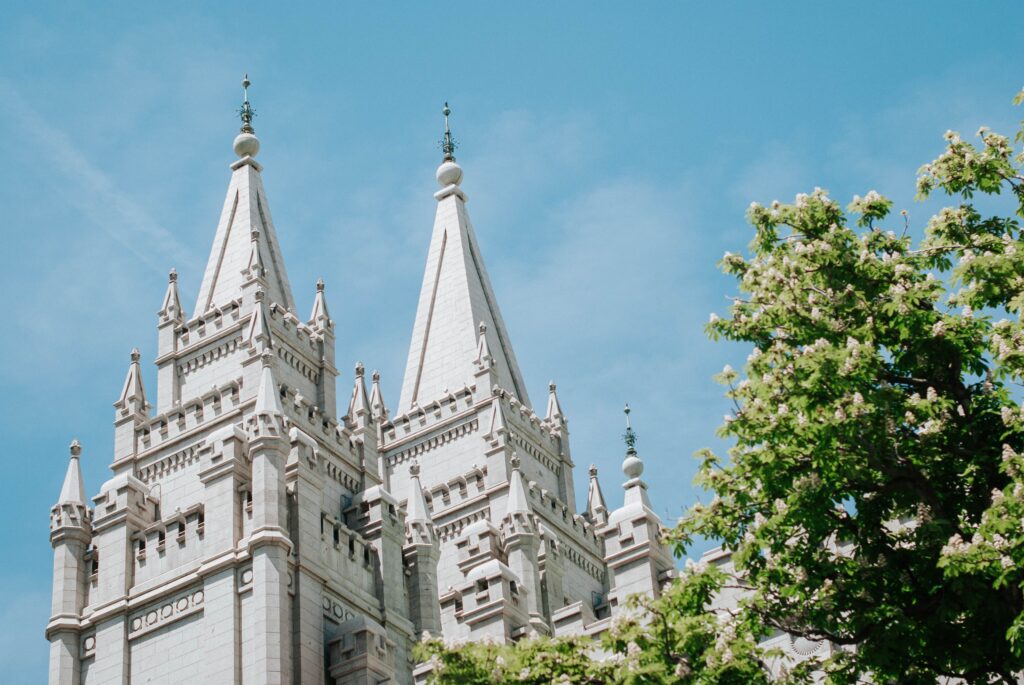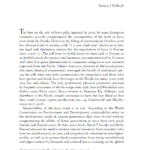Summary of: Chase, Lance D. 2000. “The Hawaiian Mission Crisis of 1874: The ‘Awa Rebellion Story.” In Voyages of Faith, 59–70. Brigham Young University.

Citation:
Chase, Lance D. 2000. “The Hawaiian Mission Crisis of 1874: The ‘Awa Rebellion Story.” In Voyages of Faith, 59–70. Brigham Young University. https://scholarsarchive.byu.edu/cgi/viewcontent.cgi?article=1012&context=mphs
Fast Summary:
The cultivation and use of kava (‘awa) in Hawaii in the late 19th century sparked a crisis among the Latter-day Saints community. The decision to burn the ‘awa crop, worth several thousand dollars, led to an uprising, revealing the deep cultural significance of kava and the economic and theological tensions it created.
Full Summary:
In the late 19th century, the cultivation and use of kava (known as “‘awa” in Hawaii) became a contentious issue among the members of the Latter-day Saints community in Hawaii. The document reveals the complex relationship between the church’s leadership and the local Hawaiian members, particularly concerning the cultivation and consumption of ‘awa.
Kava’s Cultural Importance and Economic Value:
Kava, known as “‘awa” in Hawaii, was cultivated by many native Hawaiian members of the Latter-day Saints community. It was believed to treat various ailments, including leprosy, tuberculosis, and toothaches. Taken in large quantities, kava has a narcotic effect and was used to make a traditional drink for social and ceremonial occasions. However, heavy use of ‘awa was thought to lead to blindness and palsy (erroneously). Despite these perceived yet absent potential health risks, ‘awa was raised as a cash crop in L–a‘ie, sold to licensed government officials, and even shipped to New York.
The Crisis of 1874:
The crisis began when Frederick A. Mitchell, the new mission and plantation president, ordered the ‘awa crop to be burned, citing the Word of Wisdom. This decision was met with strong opposition, as the crop was worth several thousand dollars, and its destruction would cause significant economic hardship. Missionary Harvey Cluff protested the decision, advising a more moderate approach, but Mitchell was unyielding.
Rebellion and Resistance:
The Hawaiians reacted with fury and defiance to Mitchell’s decision. Cluff’s journal records the tumultuous uprising, the destruction of some ‘awa, and the subsequent court for disfellowshipment. The incident even led to suspected arson when the sugar mill caught fire.
Economic and Theological Implications:
The ban on kava was not only an economic issue but also a theological one. Some members felt both economically and theologically oppressed. The strict interpretation of the Word of Wisdom by Mitchell was seen as unreasonable and not in line with Church regulation at the time.
The Personality of Frederick A. Mitchell:
Mitchell’s decision to burn the ‘awa crop sparked a brief rebellion. His strict interpretation of the Word of Wisdom and his refusal to consider other viewpoints led to a crisis within the community. Despite the economic value of the crop and the advice of other missionaries, Mitchell insisted on destroying the ‘awa.
The Personality of Harvey Cluff:
Cluff served as a counselor to Mitchell and was an invaluable witness to the events at L–a‘ie. Unlike Mitchell, Cluff was a humble man who overcame his prejudices and learned to love and understand the Hawaiian people. He advised Mitchell to be more moderate and to allow the current kava crop to be harvested and sold, but his advice was ignored.
‘Awa and the Practice of the Word of Wisdom:
Many of the members at L–a‘ie had been growing ‘awa with the approval of the previous Mission President, George Nebeker. Mitchell’s order to burn the ‘awa crop was not supported by reason, rule, or revelation, and it caused a crisis within the community.
The Condition of Economic Hardship:
The ban on ‘awa caused economic hardship for the local members. Agricultural diversification was not easily achieved at L–a‘ie, and the members must have felt economically and theologically oppressed. Mitchell’s abrupt and harsh decision forced a crisis that threatened the gathering he was supposed to nurture.
Conclusion:
The ‘awa crisis of 1874 in Hawaii highlights the complex interplay between cultural traditions, economic considerations, religious interpretations, and individual personalities. The incident serves as a historical example of how a single crop, deeply embedded in the cultural fabric, can spark significant controversy and conflict within a community. It also illustrates the challenges of balancing tradition with religious doctrine and the potential consequences of rigid leadership.




